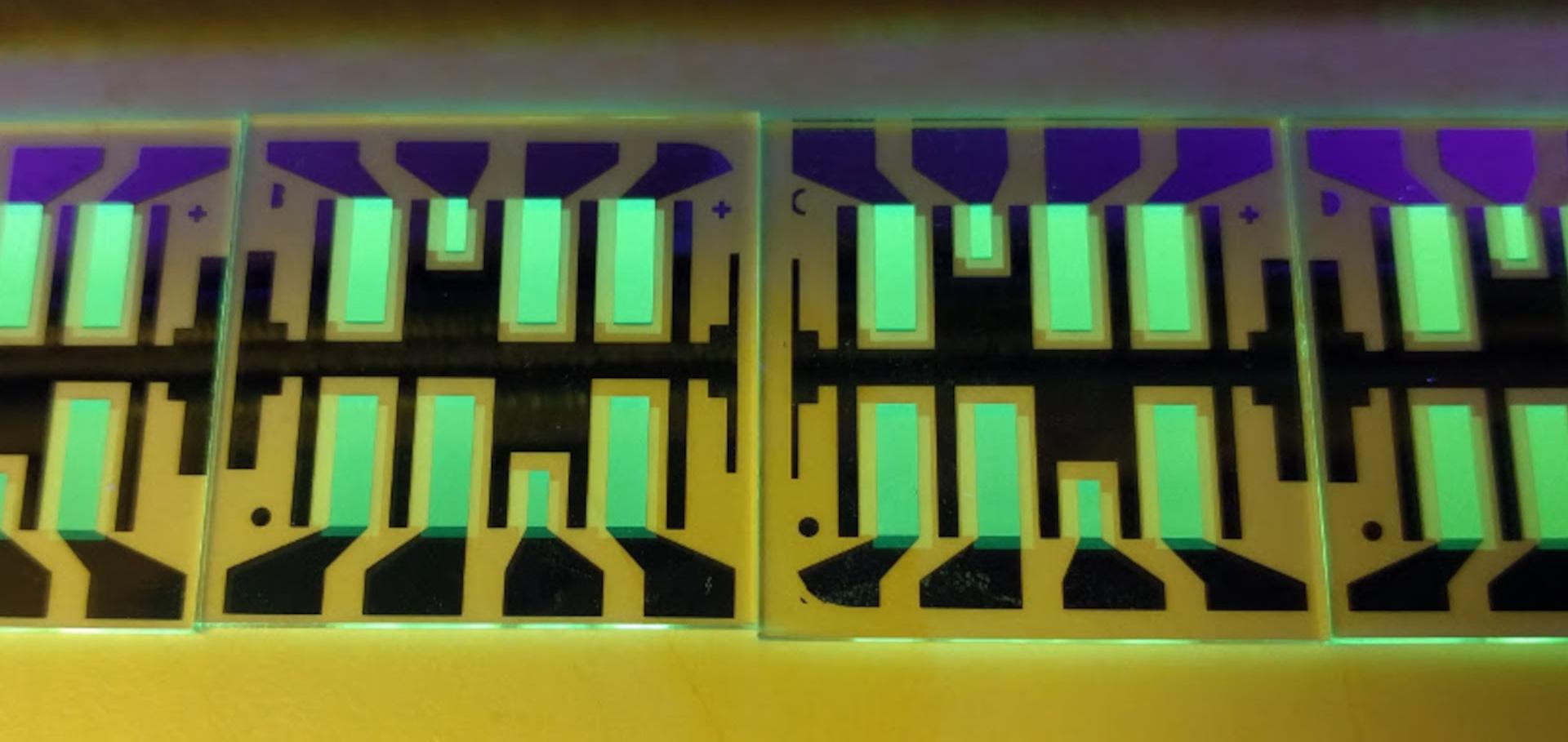The role of charge recombination to triplet excitons in organic solar cells
Nature Springer Nature 597:7878 (2021) 666-671
Abstract:
The use of non-fullerene acceptors (NFAs) in organic solar cells has led to power conversion efficiencies as high as 18%<sup>1</sup>. However, organic solar cells are still less efficient than inorganic solar cells, which typically have power conversion efficiencies of more than 20%<sup>2</sup>. A key reason for this difference is that organic solar cells have low open-circuit voltages relative to their optical bandgaps<sup>3</sup>, owing to non-radiative recombination<sup>4</sup>. For organic solar cells to compete with inorganic solar cells in terms of efficiency, non-radiative loss pathways must be identified and suppressed. Here we show that in most organic solar cells that use NFAs, the majority of charge recombination under open-circuit conditions proceeds via the formation of non-emissive NFA triplet excitons; in the benchmark PM6:Y6 blend<sup>5</sup>, this fraction reaches 90%, reducing the open-circuit voltage by 60 mV. We prevent recombination via this non-radiative channel by engineering substantial hybridization between the NFA triplet excitons and the spin-triplet charge-transfer excitons. Modelling suggests that the rate of back charge transfer from spin-triplet charge-transfer excitons to molecular triplet excitons may be reduced by an order of magnitude, enabling re-dissociation of the spin-triplet charge-transfer exciton. We demonstrate NFA systems in which the formation of triplet excitons is suppressed. This work thus provides a design pathway for organic solar cells with power conversion efficiencies of 20% or more.Organic Electronics and Beyond
ADVANCED OPTICAL MATERIALS 9:14 (2021) ARTN 2101108
Organic Electronics and Beyond (Advanced Optical Materials 14/2021)
Advanced Optical Materials Wiley 9:14 (2021)
Perspectives of Organic and Perovskite‐Based Spintronics (Advanced Optical Materials 14/2021)
Advanced Optical Materials Wiley 9:14 (2021)
Thermally Evaporated Donor Molecules for Low-Voltage Loss Organic Solar Cells
Fundacio Scito (2021)


